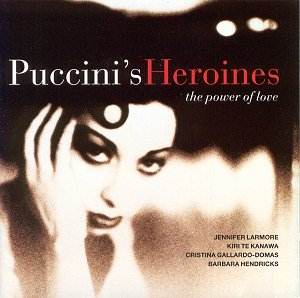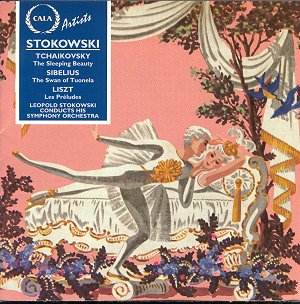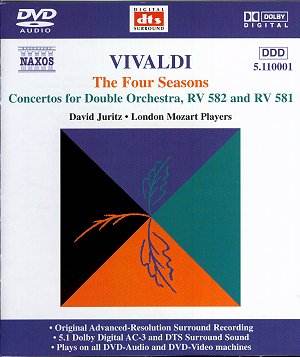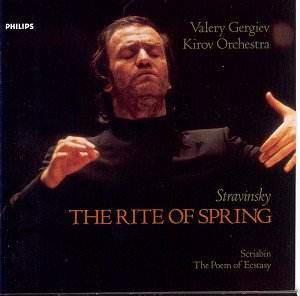 Composer: Giacomo Puccini (1858 – 1924)
Composer: Giacomo Puccini (1858 – 1924)
Works:
Performers:
Recording: DDD WARNER CLASSICS 0927-44282-2 [68.53]
Label: Warner Classics
Giacomo Puccini’s operatic corpus is a treasure trove of human emotion, imbued with a melodic richness that has captivated audiences since the late 19th century. The compilation “Puccini’s Heroines: The Power of Love,” featuring renowned soprano Kiri te Kanawa, explores a selection of Puccini’s most poignant arias and orchestral interludes. The album serves as both a testament to Puccini’s dramatic genius and a showcase for Kanawa’s interpretative depth, although its construction raises questions about coherence and intent.
Kiri te Kanawa’s performances remain a compelling facet of this recording. Her interpretations of “O mio babbino caro” and “Vissi d’arte” reveal a nuanced understanding of the characters’ inner lives. While her voice has lost some of its former brilliance, the warmth and sincerity of her singing compensate for any diminished technical prowess. For instance, her rendition of “Vissi d’arte” captures the anguish of Tosca with an emotional gravity that resonates deeply. The orchestral support provided by Kent Nagano is equally commendable; the Lyon Opera Orchestra delivers lush textures, particularly in the Intermezzi from Madama Butterfly, which exude an almost cinematic quality, perfectly complementing the vocal lines.
However, the album’s structure presents a notable challenge. The decision to include multiple interpretations of the same arias—such as those from La Bohème—creates a disjointed listening experience. The juxtaposition of Kanawa’s “O soave fanciulla” with Barbara Hendricks’s and Cristina Gallardo-Domas’s takes on Mimì’s arias disrupts the intended flow and emotional arc. This is not merely a matter of artistic preference; rather, it highlights the broader issue of how compilations can dilute the essence of character and narrative that Puccini so masterfully crafted. The absence of the original compilation’s songs, which lent a unique character to the initial release, further exacerbates this concern.
The engineering quality is, on the whole, commendable, with a vivid soundstage that allows for both the orchestra’s grandeur and the subtleties of the vocalists to shine. Yet, there is a certain flatness in the tonal balance that occasionally undermines the dramatic impact of key moments. This is particularly evident in the orchestral interludes, which, while lush, lack the dynamic contrast that would elevate them from mere accompaniment to a cornerstone of the dramatic narrative.
Puccini’s music thrives on the interplay of orchestral color and vocal expression, a hallmark of his operatic genius that is sometimes overshadowed in recital formats. The tendency of such compilations to isolate “big tunes” inevitably diminishes the listener’s ability to appreciate the composer’s intricate construction of character and emotion. It is essential to remember that each aria exists within a larger narrative framework, one that is best appreciated through full operatic performances.
This recording, while featuring moments of undeniable beauty and insight, ultimately suffers from its disjointed compilation and the absence of a cohesive interpretative vision. Kiri te Kanawa’s artistry shines through, supported by a capable orchestra under Kent Nagano’s baton. However, the overall experience is hindered by the structural choices made in assembling the disc. Puccini’s heroines deserve a more unified tribute, one that allows their stories to unfold with the grace and dramatic intensity that the composer intended.



